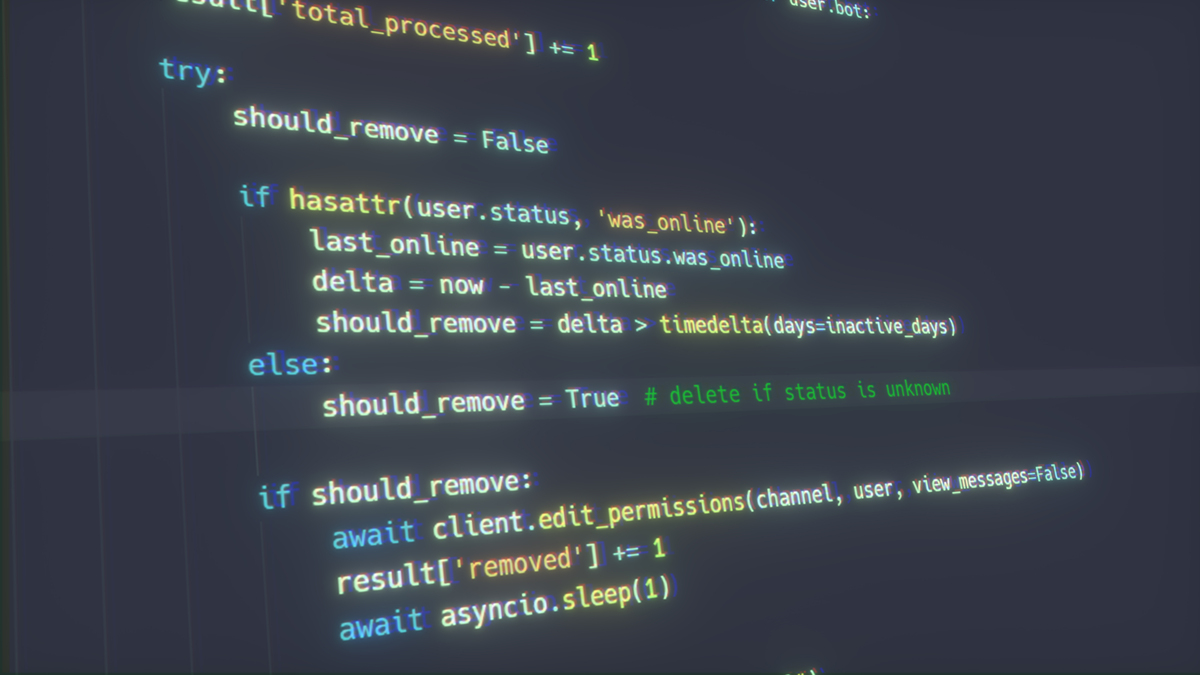Java GUI Programming: Create User-Friendly Applications with Swing, AWT, and JavaFX
Java GUI (Graphical User Interface) is a type of interface that allows users to interact with an application using graphical elements such as buttons, menus, and windows. It's a way to create user-friendly and visually appealing applications in the Java programming language.
Java GUI programming involves using various Java libraries such as Swing, AWT, and JavaFX to create GUI components and manage user input. These libraries provide a wide range of features and functionalities for creating different types of graphical elements.
Swing is a popular Java GUI library that provides a rich set of components such as buttons, labels, text fields, tables, and trees. It also provides layout managers that help in organizing the graphical components in a user-friendly way. AWT (Abstract Window Toolkit) is another Java GUI library that provides basic components such as buttons, checkboxes, and text fields.
JavaFX is a newer Java GUI library that offers a more modern and flexible approach to creating GUIs. It provides a wide range of components, including charts, media players, and 3D graphics, and allows developers to create custom graphical elements using CSS and FXML.
In summary, Java GUI programming is an essential skill for creating user-friendly and visually appealing applications in Java. It involves using various libraries such as Swing, AWT, and JavaFX to create GUI components and manage user input.

原文地址: https://www.cveoy.top/t/topic/ooBl 著作权归作者所有。请勿转载和采集!